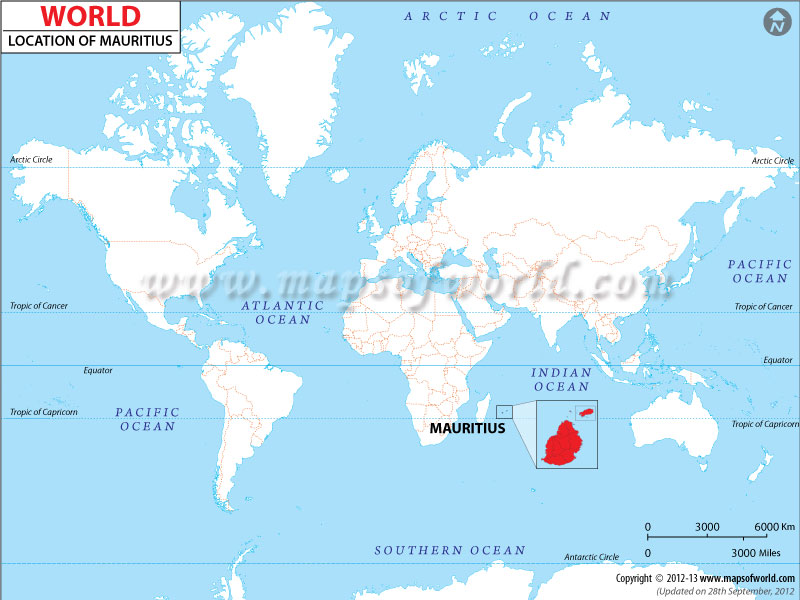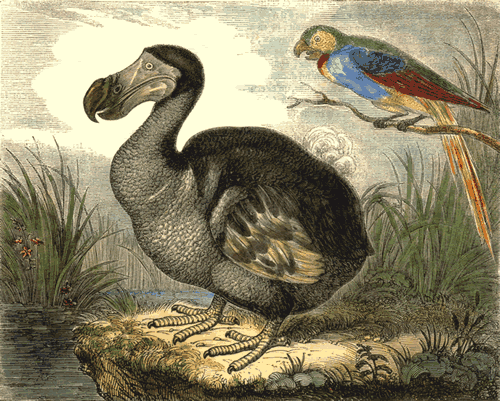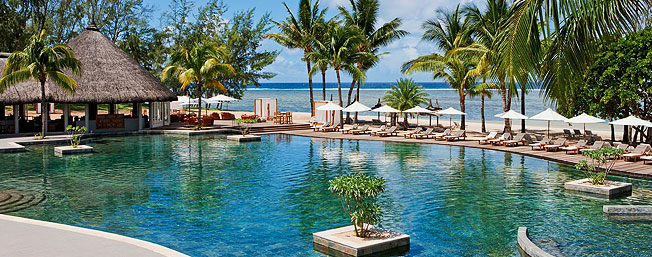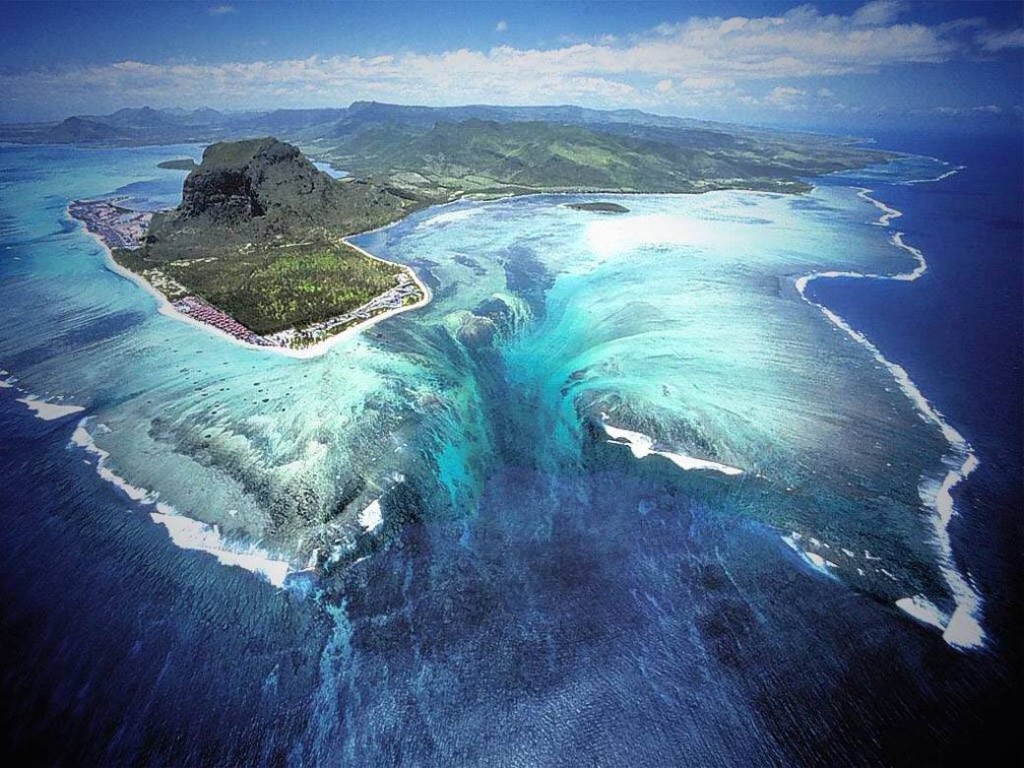(Pronounced as mawr-RIH-Shuhs) Mauritius is located in the Indian Ocean, east of Madagascar. Although it does not have its own chapter, Mauritius is still mentioned in the book we are currently reading in class. You can find more information in the chapter entitled Ile Aux Aigrettes.
The island was discovered by Arab sailors during the 9th century. However, the island was uninhabited and covered in dense forests so they promptly left. Around the beginning of the 16th century, the Portuguese re-discovered the island, but they too deserted it. It wasn’t until the latter half of the 16th century that the Dutch finally colonized the island. The island was named after Mauritz de Nassau, the Prince of Holland.
Within 20 years, the island was stripped of all its natural resources and was left in ruins after the Dutch abandoned it. The famous Dodo bird was now extinct due to over excessive hunting. The indigenous bird was flightless and fairly easy to capture compared to the rest of the animals, because they were unfamiliar with the dangers of humans. Deforestation also contributed to its demise. Their habitats were traded in for human ones. The black ebony tree species was nearly desecrated to extinction along with the birds. Thanks to the Dodo, humans realised that their impact could result in the annihilation of a species. The last few remaining skeletons now reside in museums. Their legacy now helps other endangered species from following in the Dodo’s footsteps.
Next was the French’s turn for bragging rights to the Island. They established the capital which is presently called Port Louis. The Island’s economy prospered thanks to their governor, Mahe’ de Labourdonnais. A statue was created in his honor which is still standing to this day. But the flower and fauna of the land continued to perish.
After about a century of the French being there the British assumed it was their turn for dominance over the island. The famous Battle of Grand Port was fought until the British were defeated, but only by a hair. A few months later they came back to defeat the French and proved victorious.
The beauteous, aquamarine waters are now a hot spot for vacationers. The majority of the perimeter is completely covered in hotels, resorts and tourist attractions. They mainly speak Creole, French and English.
Here is a link of the top must-see places in Mauritius. (Not including the underwater waterfall featured below.)






3 Responses to The Island of Mauritius